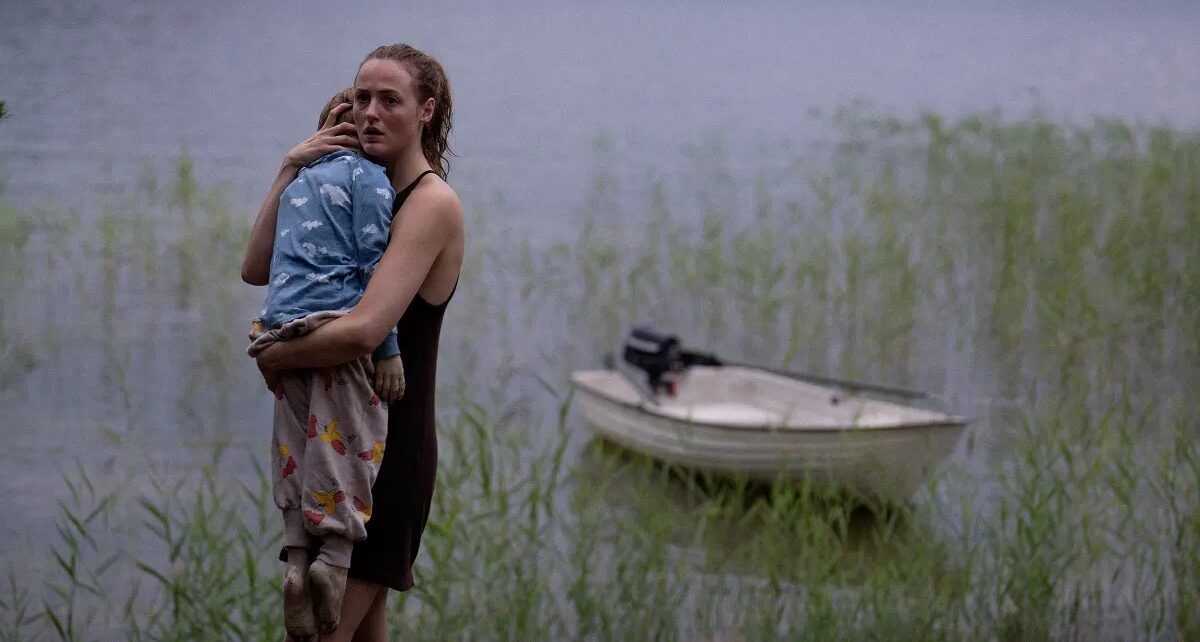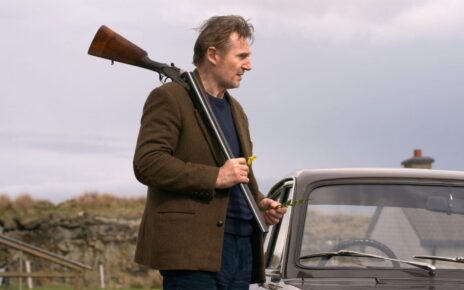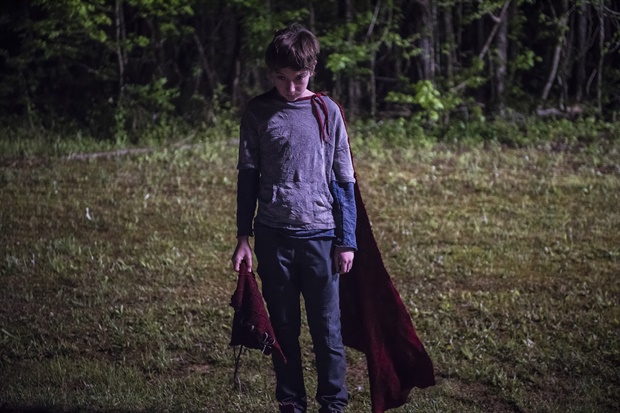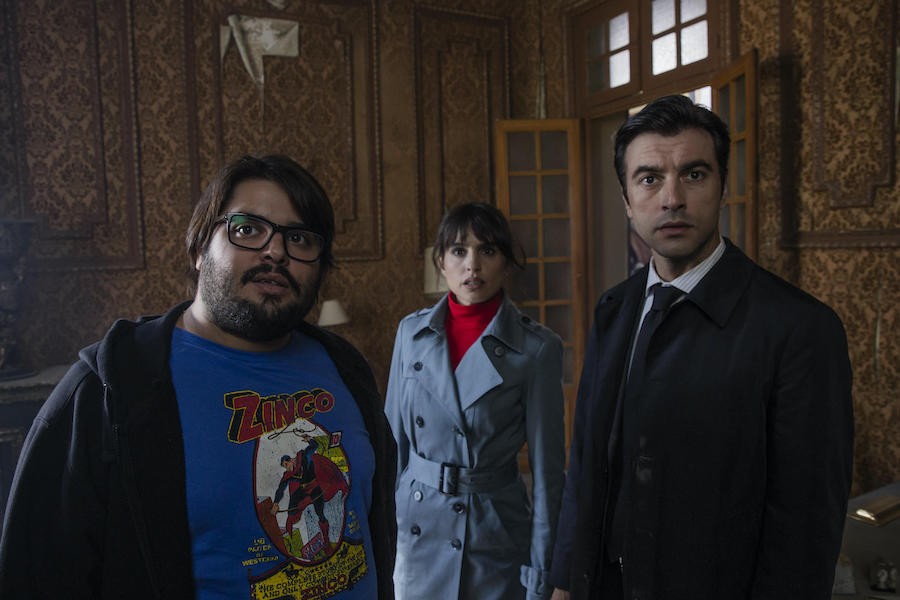A quieter, gentler zombie. That’s clearly what we’ve all been waiting for, yes? Usually, an undead film will have screaming and biting and gushing and blood. This film has almost none of that. In other films, Handling the Undead requires a shotgun; here, it requires tender hospice care.
It’s a hot summer night in sleepy Oslo. The power fails and then restarts. And when it restarts, it ain’t alone. Some of the dead get jealous and decide they want a new life, too. This is the part in a normal zombie film in which people get curious and the film starts amassing a body count. Screaming, running, gunning ensues. Perhaps being Scandinavia, the undead are more calm, more sedate. Takeover and destruction aren’t immediate issues … or at least not so immediate as acclimation. The film’s “rash of undead” count is, well, a modest three (is this another Scandinavia thing? Even the undead don’t like to be immodest or something like that?):
- A young mother, Anna (Renate Reinsve), has lost her small boy. She’s contemplating suicide while grandad visits the grave. Grandad hears a knocking from beneath the ground. What would you do, huh?
- An elderly woman lost her lesbian lover. The latter was last seen lying flat on a sheet in the morgue. But then she shows up at home for tea, all glassy-eyed, naked, and distracted.
- Finally, a mother dies in a car accident leaving a husband and two children. But when he visits the hospital, she … isn’t quite dead. That was quite a conversation with the kids: “Your mother died; let’s go visit her at the hospital … and bring the new rabbit; she’ll want to hold it.”
In each case, the  dead person in question never talks, never fully interacts. Nor does our undead victim ever loses the glassy, fay-away look in their eyes. This is a very mature look at the undead. Exciting? No. Interesting? No. But very mature. The audience is left wondering what’s the difference between the undead and the ancient grandmother you left in a home.
dead person in question never talks, never fully interacts. Nor does our undead victim ever loses the glassy, fay-away look in their eyes. This is a very mature look at the undead. Exciting? No. Interesting? No. But very mature. The audience is left wondering what’s the difference between the undead and the ancient grandmother you left in a home.
Handling the Undead seems specifically made for the throng of horror fans who have long awaited a zombie film without any thrills. Hence, I’m not really sure who the intended audience is. This seems more a companion piece for a group home with brochures labeled, “So your loved one is undead …” Do we need to understand the life and concerns of the newly-dead-brought-to-life? Apparently, we do.
There was once a young mother named Ann
A stoic, depressed Norwegian
For her boy did decease
And then found release
For he had a rather limited deathspan
Rated zzzzzzz, 97 Minutes
Director: Thea Hvistendahl
Writer: Thea Hvistendahl, John Ajvide Lindqvist
Genre: Undead or … just out of it?
Type of being most likely to enjoy this film: Undead advocates
Type of being least likely to enjoy this film: People who watch horror for thrills



